DEI & Leadership Blog
Implementing Equity in Organizational Policies and Procedures
Why true equity begins behind the scenes
When we talk about building an equitable workplace, our minds often go to diversity trainings, inclusive hiring practices, or employee resource groups. These efforts are essential—but equity doesn’t start (or end) there. One of the most powerful places equity lives—or fails to live—is in the very structure of an organization: its policies and procedures.
Policies and procedures quietly shape how decisions are made, how power is shared, and how people are treated. If equity isn’t woven into these foundations, no amount of “culture change” will be sustainable.
So how do we ensure our policies truly reflect our values—and the diverse needs of the people we serve?
From Policy to Practice: Where Equity Begins
Every organization has a handbook or protocol for handling things like discipline, leave, promotions, evaluations, complaints, or accommodations. But not every organization has asked the critical question: Do these systems work fairly for everyone?
“You can’t know what you don’t know. That’s why our policy committee is built on collaboration,” said Bailey Mack, TFY’s Chief Compliance Officer. “By bringing together people with diverse perspectives, we challenge ourselves to think differently, ask better questions, and ensure our policies comply with legal standards while also striving for true equity.”
Looking at Impact, Not Just Intent
One of the most common missteps in policy creation is assuming that “equal” means “equitable.” For example, a rigid attendance policy may seem fair on paper—but could disproportionately affect employees who rely on public transportation or who are caregivers at home.
An equity lens means asking: Who might this unintentionally leave out? Who might be burdened more heavily?
When asked to give an example of a time Together for Youth revised or created a policy to better reflect equity in real-world situations, Bailey Mack, TFY’s Chief Compliance Officer, responded:
“Over the past year, we updated our Dress Code policy. Originally designed with good intentions around safety and professionalism, it had unintentionally limited personal expression and diversity. By reviewing it through an inclusive lens, we redefined professionalism in a way that still prioritizes safety but respects and embraces individual identity.”
Transparency, Accountability, and Feedback Loops
True equity work doesn’t happen behind closed doors. It requires transparency in how policies are developed and opportunities for feedback from the people most impacted.
At Together for Youth, we’re working toward building policies that are:
• Clear and accessible to all staff
• Flexible when real-life situations don’t fit neatly into forms
• Regularly reviewed to ensure they reflect evolving needs and values
When asked, How do we build feedback into our policy review process, and what are some ways we’re evolving this at TFY, Bailey Mack responded:
“We welcome and encourage feedback at any time. In line with our Sanctuary Model practices and open-door policy, staff are invited to share their thoughts, concerns, or questions about policies. This openness helps us identify areas we may have overlooked and ensures our policies stay clear, relevant, and equitable.”
The Bottom Line: Equity is a System
Creating a truly equitable organization isn’t just about the people we hire or the trainings we provide. It’s about what’s written into the very bones of the organization—how we make decisions, how we distribute power, and how we evolve to support every voice, especially those historically unheard.
At Together for Youth, we know that real change lives in the systems we build and rebuild every day. As we continue our DEI journey, we remain committed to asking hard questions, welcoming diverse perspectives, and ensuring that equity isn’t just a value—but a daily practice, written into everything we do.
When asked ‘What advice would you give to other organizations looking to begin this type of policy work,’ Bailey responded, “Be willing to listen and stay open. Recognize that your current perspective may not be fully inclusive, and that’s okay. Growth begins by admitting what you don’t know and being curious enough to learn from others.”
